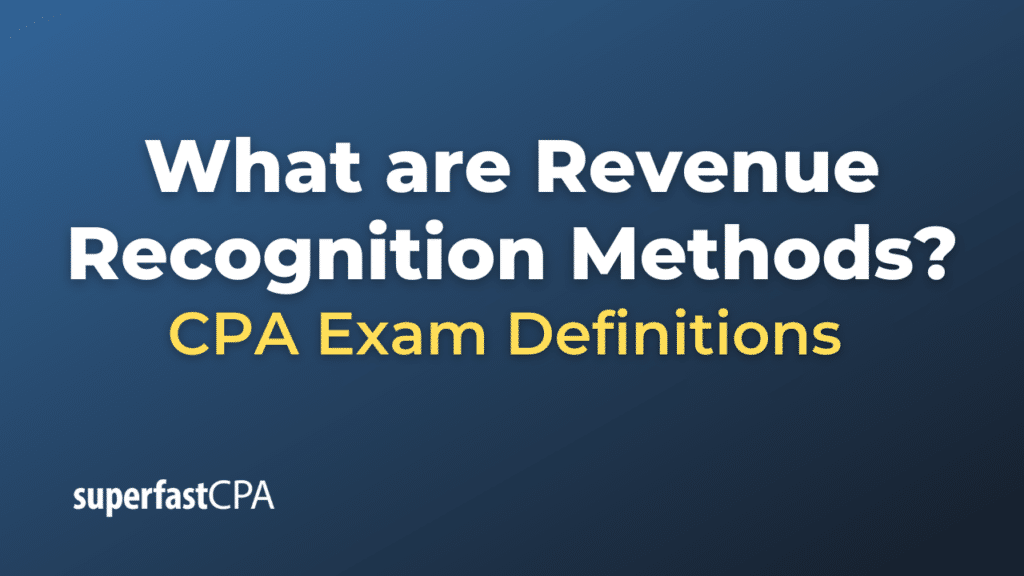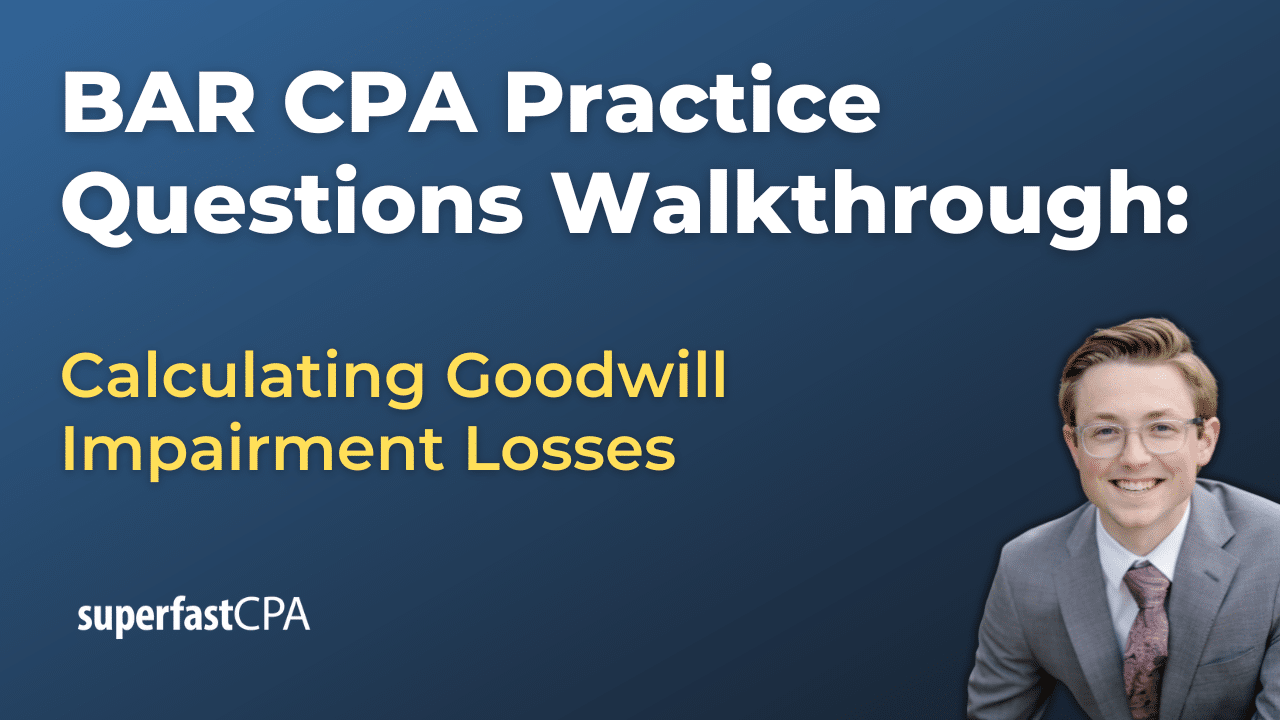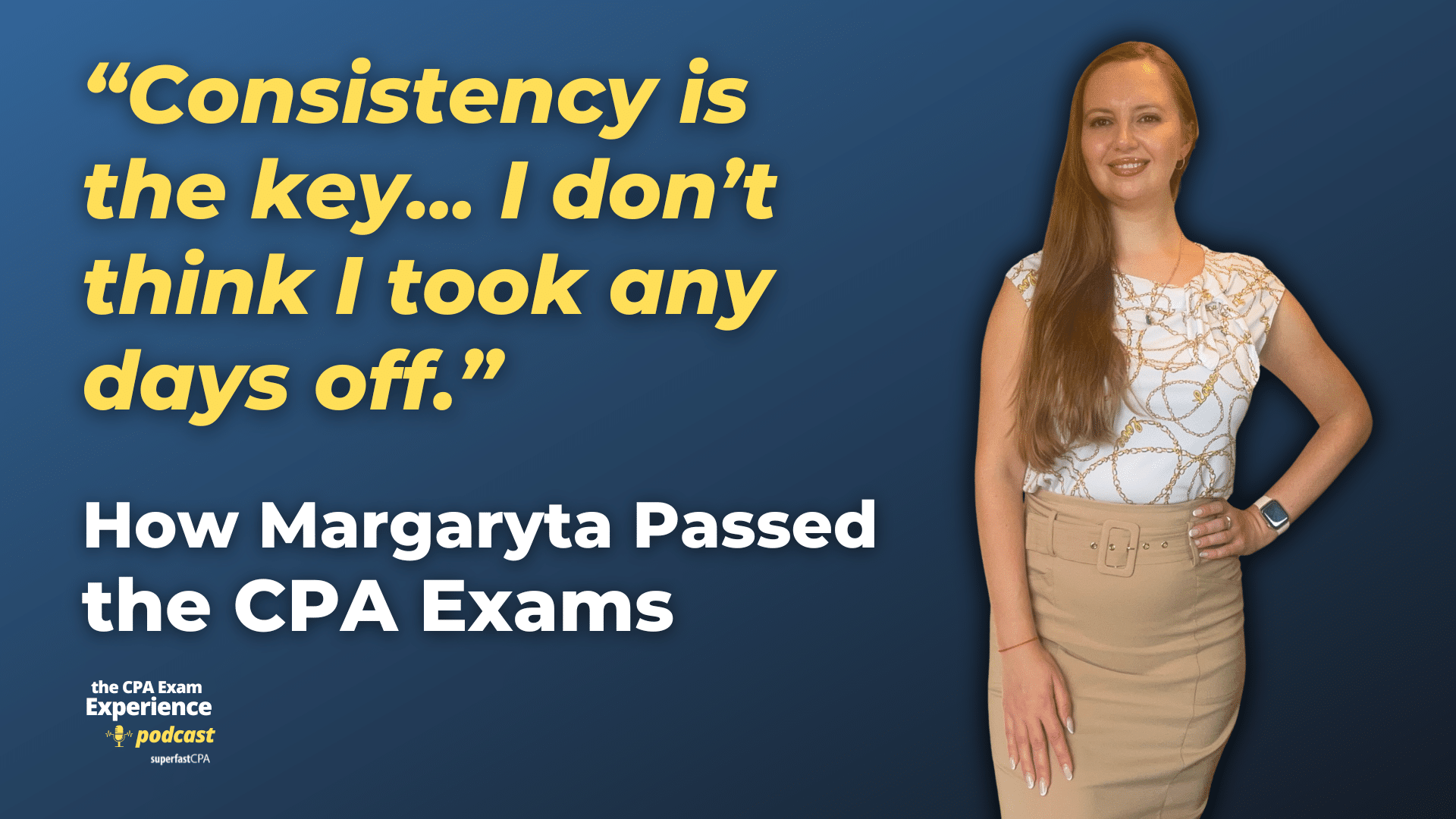Revenue Recognition Methods
Revenue recognition methods dictate how and when revenue is recognized on a company’s financial statements. The choice of method depends on the nature of the business, the specific terms of sales contracts, and applicable accounting standards. Here are the primary revenue recognition methods:
- Sales Basis Method:
- Percentage-of-Completion Method:
- When used: For long-term contracts, especially in the construction industry. Revenue is recognized based on the progress of the project.
- Example: A construction company is building an office complex. If they’ve completed 40% of the project by year-end, they’d recognize 40% of the total contract revenue in that year’s financial statement.
- Completed-Contract Method:
- When used: For long-term contracts where revenue is recognized only once the contract is fully completed. It’s less common than the percentage-of-completion method due to the potential for revenue fluctuation.
- Example: A construction firm building a bridge only recognizes the revenue upon completion of the entire bridge, regardless of how long the project takes.
- Installment Sales Method:
- When used: When the collection of sale proceeds is uncertain. Revenue is recognized when cash payments are received.
- Example : A company sells machinery and allows the buyer to pay in 5 yearly installments due to credit concerns. The company recognizes revenue only when it receives each installment.
- Cost Recoverability Method:
- When used: When there’s even more uncertainty about collectability than with installment sales. No profit is recognized until all the costs associated with the sale are recovered.
- Example : A developer sells real estate in an unstable market and only recognizes profit after receiving payments covering the development costs.
- Subscription-Based Method:
- When used: For businesses that operate on a subscription model. Revenue is recognized evenly over the subscription period.
- Example: A magazine publisher that sells a one-year subscription would recognize revenue monthly for 12 months.
- Consignment Method:
- When used: For goods sold on consignment. The consignor (owner of the goods) recognizes revenue only when the consignee (the third party selling on behalf) sells the goods to an end customer.
- Example: An artist provides paintings to a gallery. The artist only recognizes revenue when a painting is sold.
It’s worth noting that the adoption of ASC 606 (for GAAP) and IFRS 15 (internationally) has streamlined many revenue recognition practices, emphasizing the recognition of revenue when control of goods or services is transferred to the customer, and the entity can reliably measure the revenue. As a result, companies need to carefully assess their contracts and performance obligations under these newer standards.
Example of Revenue Recognition Methods
Let’s delve into a more detailed example using the Percentage-of-Completion Method, which is often utilized for long-term contracts:
Bridge Construction Co. (BCC) is hired to build a major bridge over a river. The total contract price for the bridge is $10 million. The construction is expected to last for two years. By the end of Year 1, BCC has incurred costs of $3 million and estimates the total costs to complete the project will be $9 million. BCC and the client agree that progress will be determined based on costs incurred.
Steps for Revenue Recognition using Percentage-of-Completion Method:
- Determine the Percentage Completed:
- Using the costs incurred as a measure of progress, by the end of Year 1, BCC has completed: $3 million (costs incurred so far) ÷ $9 million (total expected costs) = 1/3 or 33.33%.
- Calculate Revenue to Recognize:
- Using the percentage completed, the revenue to be recognized in Year 1 is: 33.33% of $10 million (contract price) = $3.33 million.
- Calculate Profit to Recognize:
- Profit is the difference between the recognized revenue and the costs incurred. Thus, for Year 1: $3.33 million (recognized revenue) – $3 million (costs incurred) = $0.33 million (profit).
By the end of Year 1, BCC would report $3.33 million in revenue and a profit of $0.33 million for the bridge construction on its income statement.
Year 2:
Assume in Year 2, BCC incurs additional costs of $5 million and completes the bridge. The total costs come out as expected at $8 million.
- Determine the Percentage Completed:
- Since the bridge is completed, 100% of the project is done.
- Calculate Total Revenue to Recognize:
- The entire contract price is $10 million. Since BCC already recognized $3.33 million in Year 1, it would recognize the remaining $6.67 million in Year 2.
- Calculate Profit for Year 2:
- For Year 2, the profit is: $6.67 million (recognized revenue for Year 2) – $5 million (Year 2 costs) = $1.67 million.
Over the two years, BCC would recognize the full contract price of $10 million in revenue and a total profit of $2 million ($0.33 million in Year 1 and $1.67 million in Year 2).
This method ensures that BCC’s financial statements reflect the ongoing progress and economic reality of the bridge construction project.












